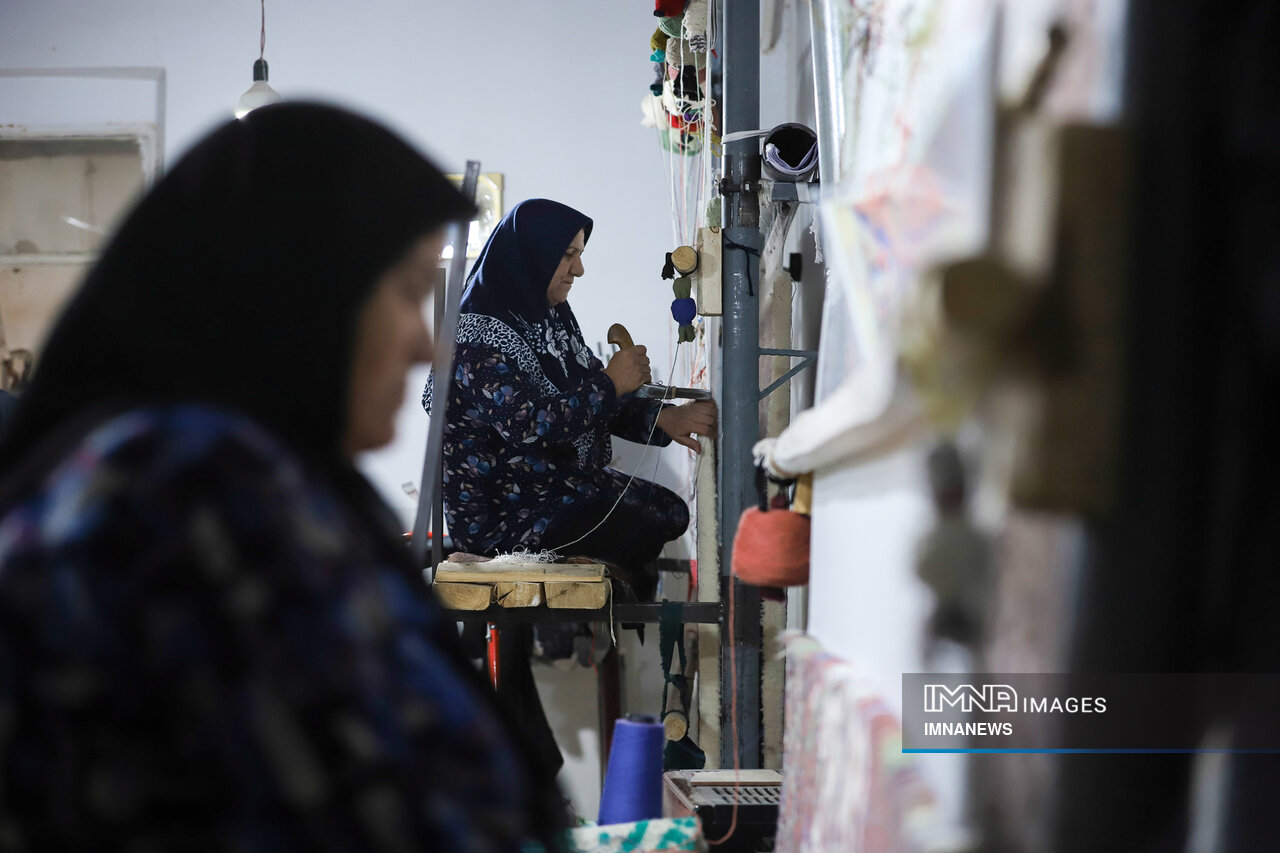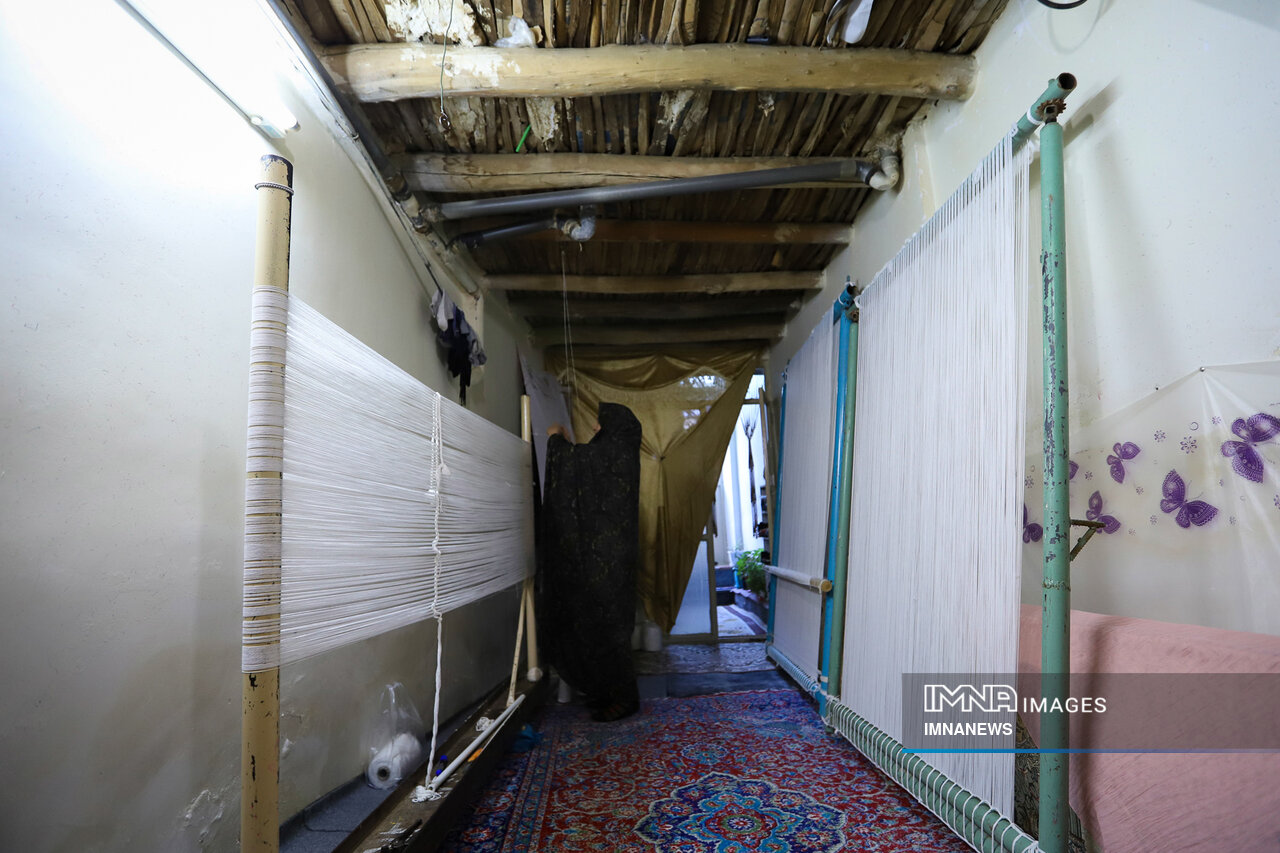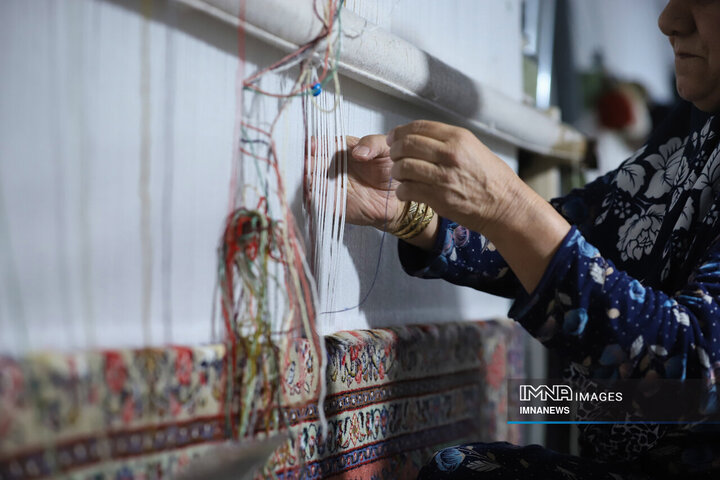Iran (IMNA) - As carpets serve as a cultural medium, representing the nation's history, art, and social life, it is crucial to address the challenges women face in the industry and the importance of education and governmental support in preserving this invaluable heritage.
Despite their immense contributions, the role of women in carpet weaving often goes unnoticed. In an interview with carpet expert Mahshad Abzari, she sheds light on the historical significance and profound impact of women in shaping the narrative of this intricate art form. Their work not only adorns floors but also weaves tales of heritage and identity.

Abzari highlights that women were responsible for all stages of carpet production in the past, with their mental designs reflecting their aspirations, desires, and beliefs. However, as the carpet export and trade sector grew, the focus shifted to European preferences, diminishing the value of women's roles and confining them primarily to weaving. This trend continued into the early Pahlavi era, when labor protection laws overlooked the women involved in carpet production.
Despite recent advancements in education, gender challenges persist in legitimizing women in the carpet industry, with men dominating investment, marketing, and sales. To promote women in this field, Abzari emphasizes the need for education, dialogue, technical skills, active participation in global markets, and creating more educational opportunities.
She suggests that innovative teaching methods and understanding tools should be introduced to generate interest in carpet design and weaving among the younger generation. However, the current emphasis on traditional methods in higher educational institutions hinders students' growth in this field. Ultimately, the continued success and preservation of this ancient art form rely on governmental support and the protection of the community of carpet weavers.



Your Comment